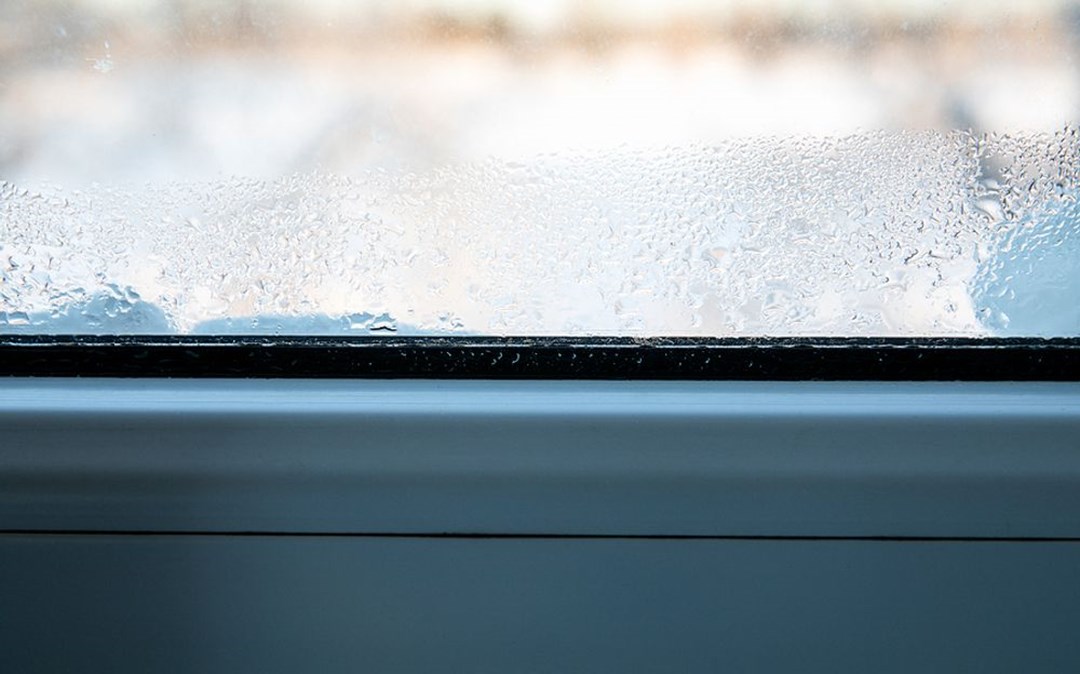3 Great Tips to Controlling Condensation in Your New Home

Why is there water on the windows inside my house? Condensation is the answer. Condensation is the process of moisture collecting on surfaces that are cooler than the surrounding air. During winter months you may notice moisture at your windows on especially cold days. Heat pump air conditioning systems only dehumidify the air when they are operating in cooling mode. When they are in heating mode, no dehumidification takes place. Because of this, the relative humidity in your home will be slightly higher at times during the winter.
When warm, moist air meets cool windowpanes, droplets form on the surface. In Florida, during hot and humid weather, you will find condensation accumulating on the exterior of windows. Often you will hear the weatherman refer to “dew point.” Dew point is the temperature when the air mass is fully saturated; relative humidity is 100% causing the water vapor to become a liquid. So, at 72° with relative humidity at 50% inside your home the dew point is 52.4°. Say that is the situation in your home and someone takes a shower and doesn’t use the exhaust ventilation and the home is now 72° with 55% humidity. Now your dew point is 55° and if your window surface temperature is 55° or below, you will have condensation. If you have a home temperature of 70° with 40% relative humidity your dew point is 44°. That means if your window surface temperature is 44° or less, your windows will sweat.
Here are some great tips on condensation:
- Ensure you are using the exhaust fans in the bathrooms when showering. Run the fans for about 20-30 minutes after the shower so it can pull the humidity out of the air.
- Use the exhaust fan over the cooktop or range in your kitchen while cooking. If you are boiling water make sure to keep a lid on the pot to help reduce the amount of steam let out into the air.
- Raise blinds slightly so air can circulate at the windows to help dry out any moisture that accumulates because of condensation. You’ll want to keep an eye on your window sills and wipe up an excess water to avoid damaging the sills.
Follow our blog for more great tips for new homeowners!









